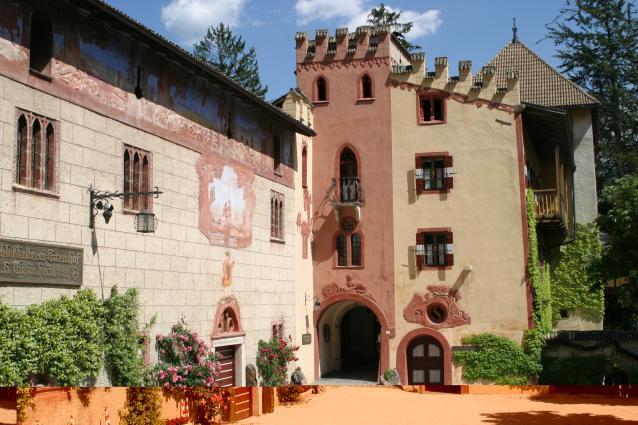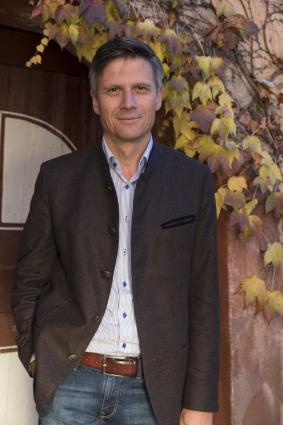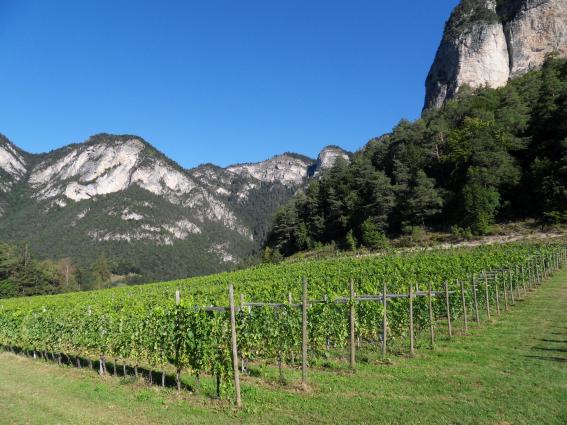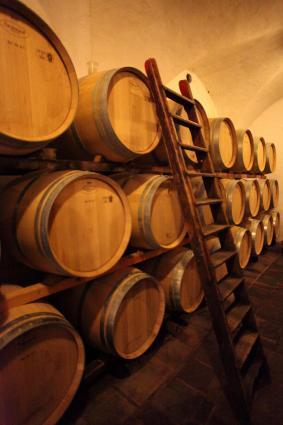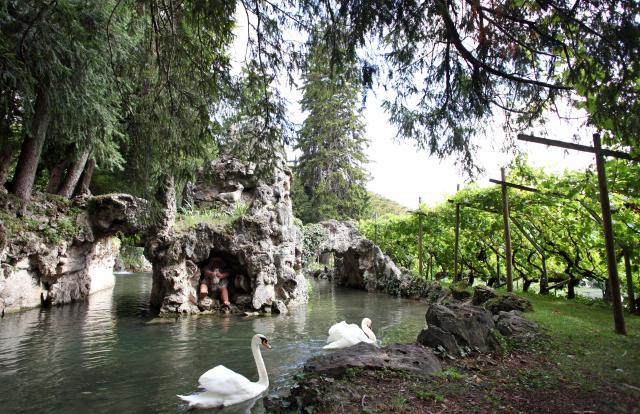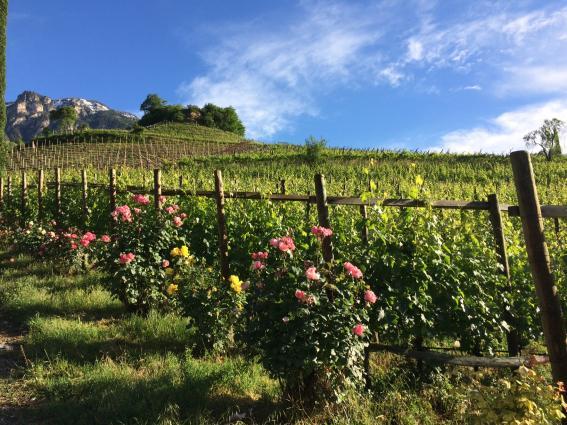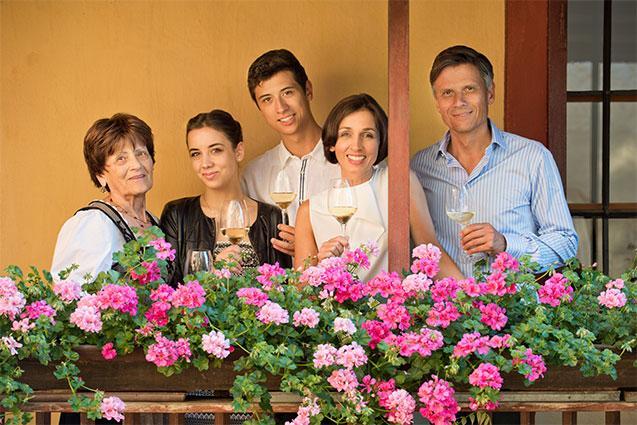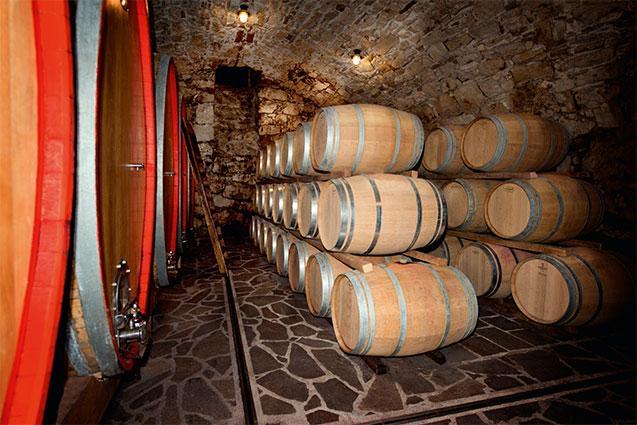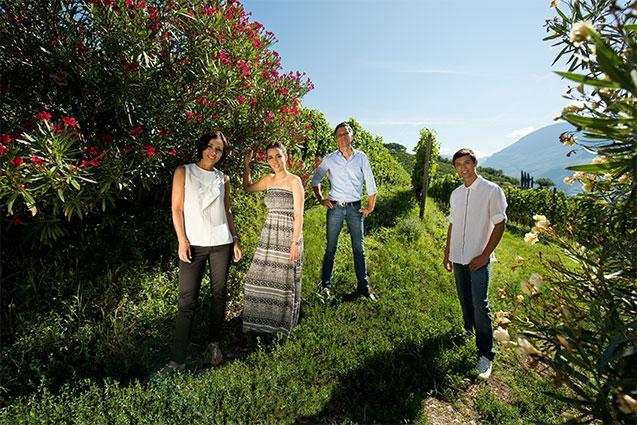Tiefenbrunner Linticlarus Pinot Noir Riserva

Wine Description
“Linticlarus” is the name of an ancient Roman Fortress from which the village of Entiklar (where the winery is located) gets its name. Made from 100% Pinot Nero fermented in stainless steel, the wine spends one year in French oak barriques followed by an additional year in bottle for further refinement. Christof Tiefenbrunner has succeeded in producing a stellar wine from this often finicky grape.
 Acclaim
Acclaim
 Vineyard & Production Info
Vineyard & Production Info
 Winemaking & Aging
Winemaking & Aging
 Analytical Data
Analytical Data
 Wine Production
Wine Production
Fermentation on the skins in stainless steel tanks is followed by malolactic fermentation and a 12-month aging period in small oaken barrels. After a further six months in large wooden casks, the wine ages for another year in the bottle.


